Choosing the right lens for portrait photography can be a game-changer, significantly enhancing the quality of your portraits. One key factor to consider is the aperture of the camera lens. A wide aperture lens can make a world of difference.
A wide aperture (or fast, open, large) allows more light into the camera. This results in a shallow depth of field, creating a beautiful blur effect, known as bokeh, in the background.
In this article, you will discover how a wide aperture lens can elevate your portrait photography.
- Understand the importance of wide aperture in portrait photography
- How to choose the best lenses for portrait photography
- Select the best aperture settings for your portrait style
- Valuable tips and techniques for using aperture to enhance your portrait photography
Understanding Aperture and Subject Isolation in Portrait Photography
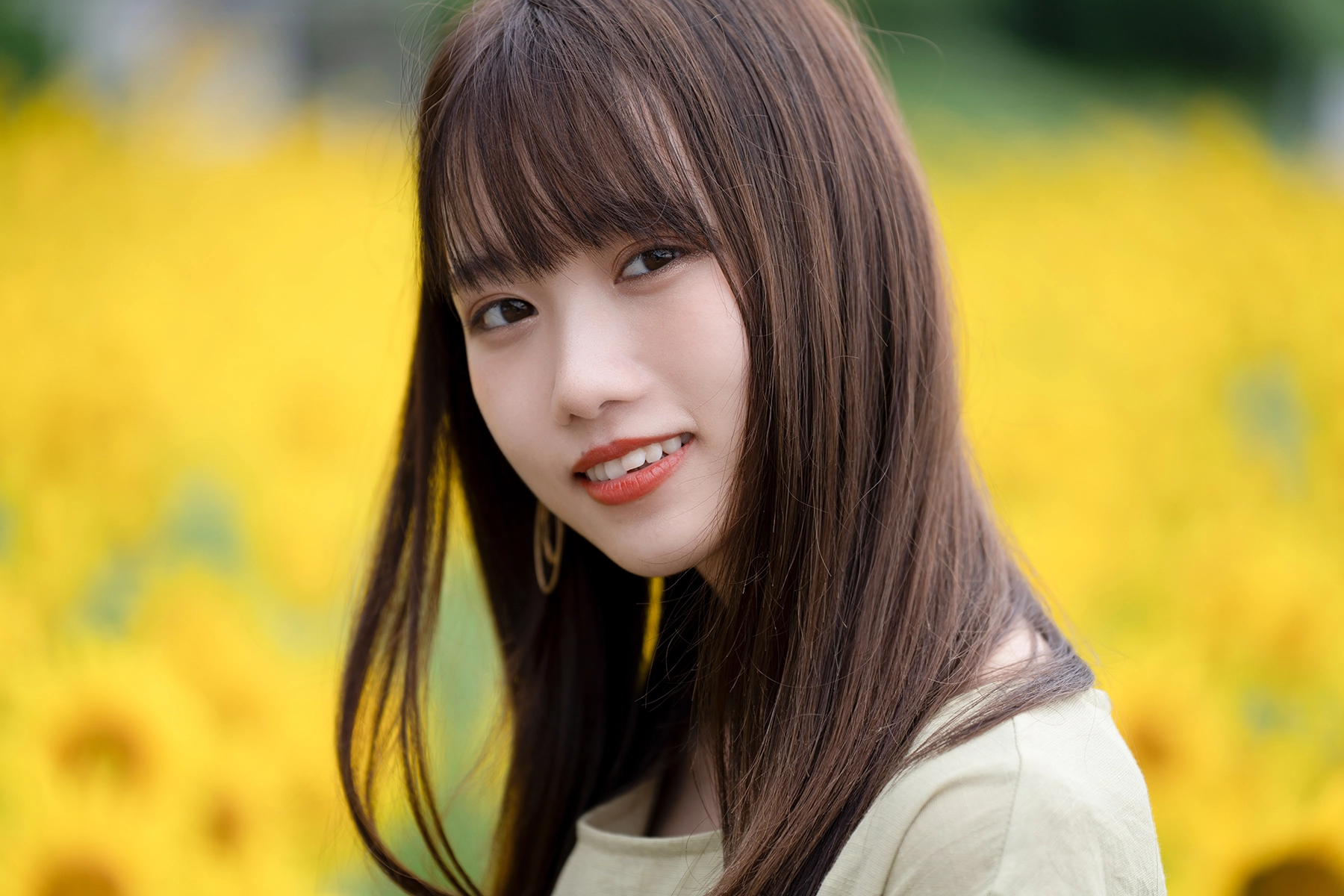
Aperture is a fundamental tool in portrait photography, allowing photographers to manage exposure, control depth of field, and create visually compelling images.
Aperture refers to the lens opening that determines how much light enters the camera and is measured in f-stops. Lower f-stop numbers (e.g., f/1.4) indicate a wider aperture, allowing more light in and significantly affecting depth of field, the range of an image that appears in sharp focus.
One key benefit of using a wide aperture is subject isolation. A wide aperture produces a shallow depth of field, keeping the subject crisp and the background blurred. This effect helps eliminate distractions and draws attention directly to the subject’s facial features and expression, resulting in more impactful portraits.
In contrast, a narrow aperture (higher f-stop, such as f/11 or f/16) increases the depth of field, keeping more of the scene in focus. This is useful for environmental portraits where background details contribute to the story.
Mastering aperture adjustments empowers photographers to control both focus and visual impact, ensuring the subject remains the focal point while using the background to complement the image’s narrative.
Using Aperture to Enhance the Tone and Composition of Your Portraits
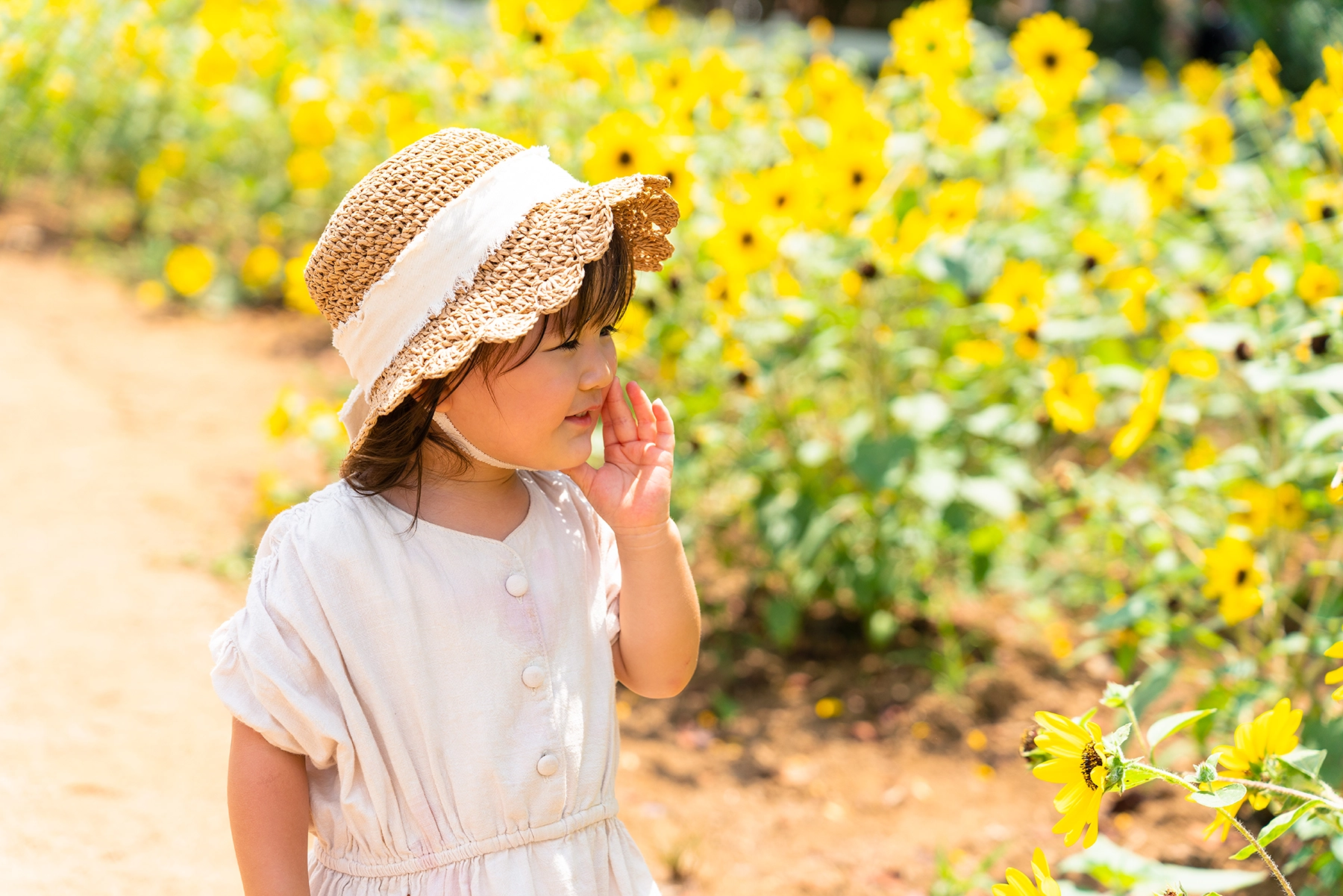
Aperture settings can influence the emotional tone of a portrait.
- Using a wide aperture provides a shallow depth of field that can create an intimate, cinematic feel, emphasizing expressions and capturing a subject’s personality.
- Using a slightly narrower aperture provides deeper depth of field and when used in group portraits, for example, ensures multiple subjects remain in focus while still maintaining a natural separation from the background.
Low-Light Performance and Wide Apertures
Wide apertures are particularly useful in low-light conditions.
- Maintain a low ISO: Wide apertures allow more light to enter the camera, which can help to achieve a correct exposure without having to increase the ISO too much. Increasing the ISO can introduce noise into the image. By using a wide aperture, you can keep the ISO lower and maintain better image quality.
- Bright viewfinder image: A wide aperture can help to create a brighter viewfinder image. This can make it easier to compose and focus your shot in low light.
Choosing the Right Aperture and Settings for Your Portrait Style
Choosing the right aperture for your portrait style is crucial. It can significantly impact the mood and feel of your images.
- Classic Portraits: For a classic portrait with a blurred background, a wide aperture is ideal. It will create a shallow depth of field, drawing attention to the subject.
- Environmental Portraits: If you want to include more context in your environmental portraits, consider a smaller aperture. This will increase the depth of field, keeping more of the scene in focus.
Understanding aperture is essential for creative control in portrait photography. By mastering its effects on light, depth, and subject isolation, you can produce striking, professional-quality images that highlight the essence of your subjects.
Best Zoom Lenses for Portrait Photography
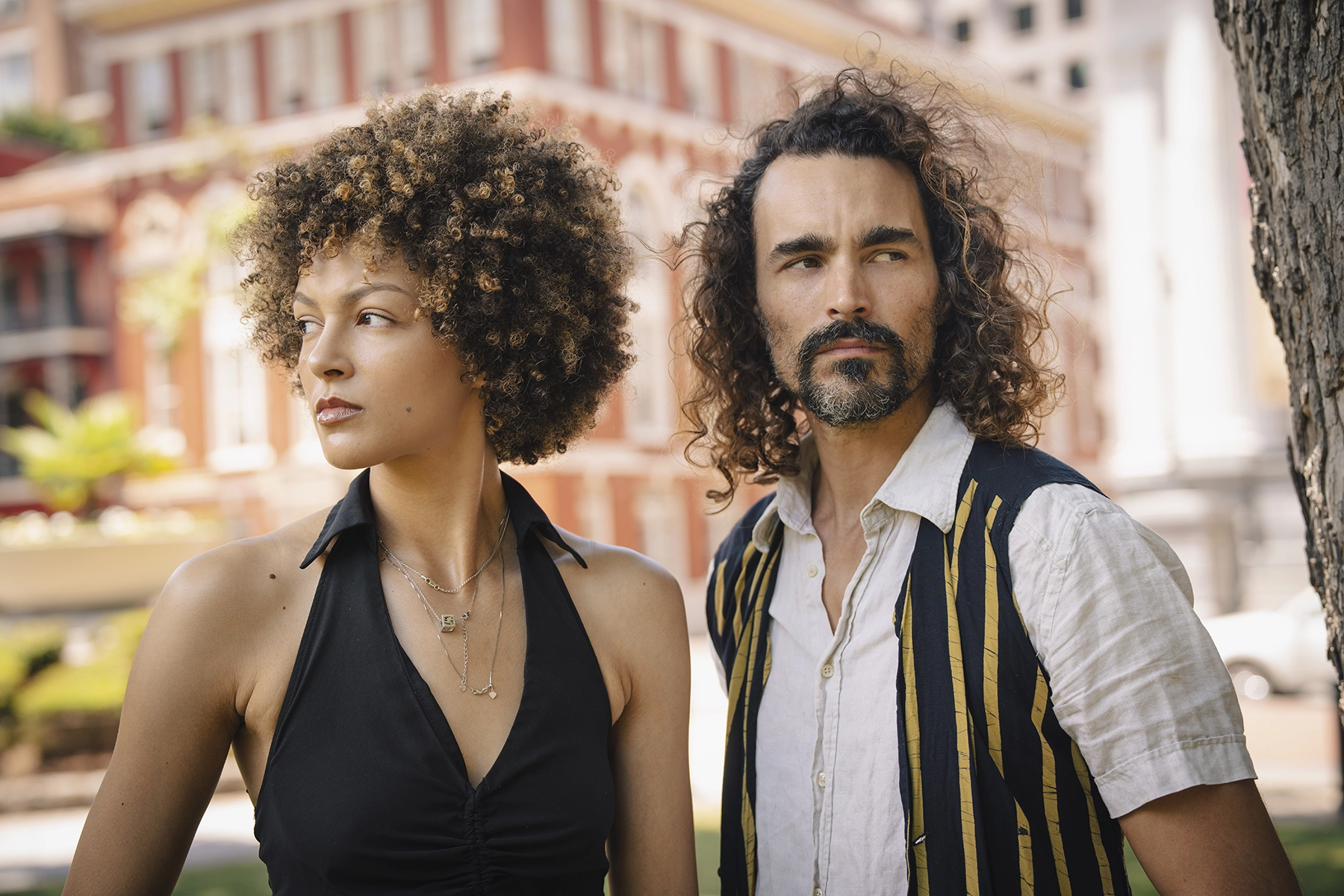
Zoom lenses offer distinct advantages for portrait photography compared to prime lenses. Their adjustable focal lengths provide versatility, making them ideal for various shooting environments and styles.
Whether you’re capturing intimate close-ups or full-body shots, a zoom lens allows you to reframe without changing your position. This is especially valuable when working in tight spaces or during live events where quick adjustments are necessary.
Advantages of Zoom Lenses for Portraits
- Versatility in Framing: With a zoom lens, you can quickly shift from wide to close-up shots, adapting to different compositions without switching lenses. This is particularly useful for event photography or capturing candid portraits.
- Convenience in Confined Spaces: In small studios or crowded locations, a zoom lens provides more framing options than a prime lens.
- Capturing Candid Moments: The ability to change focal lengths instantly helps you respond to unexpected expressions or interactions without losing the shot.
- Creative Flexibility: A zoom lens allows photographers to experiment with different focal lengths, from wide-angle environmental portraits to tight headshots, all with one lens.
Important Considerations When Choosing Lenses for Portrait Photography
- Optical Quality: Lens design, including coatings and glass elements, impacts sharpness, color rendition, and background blur.
- Maximum Aperture: Wider apertures (like f/2.8) allow for better low-light performance and a shallower depth of field for subject isolation.
- Build Quality: Consider lenses with weather sealing and robust construction, especially for outdoor portrait sessions.
Top Tamron Zoom Lenses for Portrait Photography
Tamron offers several high-quality zoom lenses known for their performance, versatility, and value. Here’s how three popular Tamron lenses for full-frame cameras excel in portrait photography:
Tamron 35-150mm f/2-2.8 Di III VXD
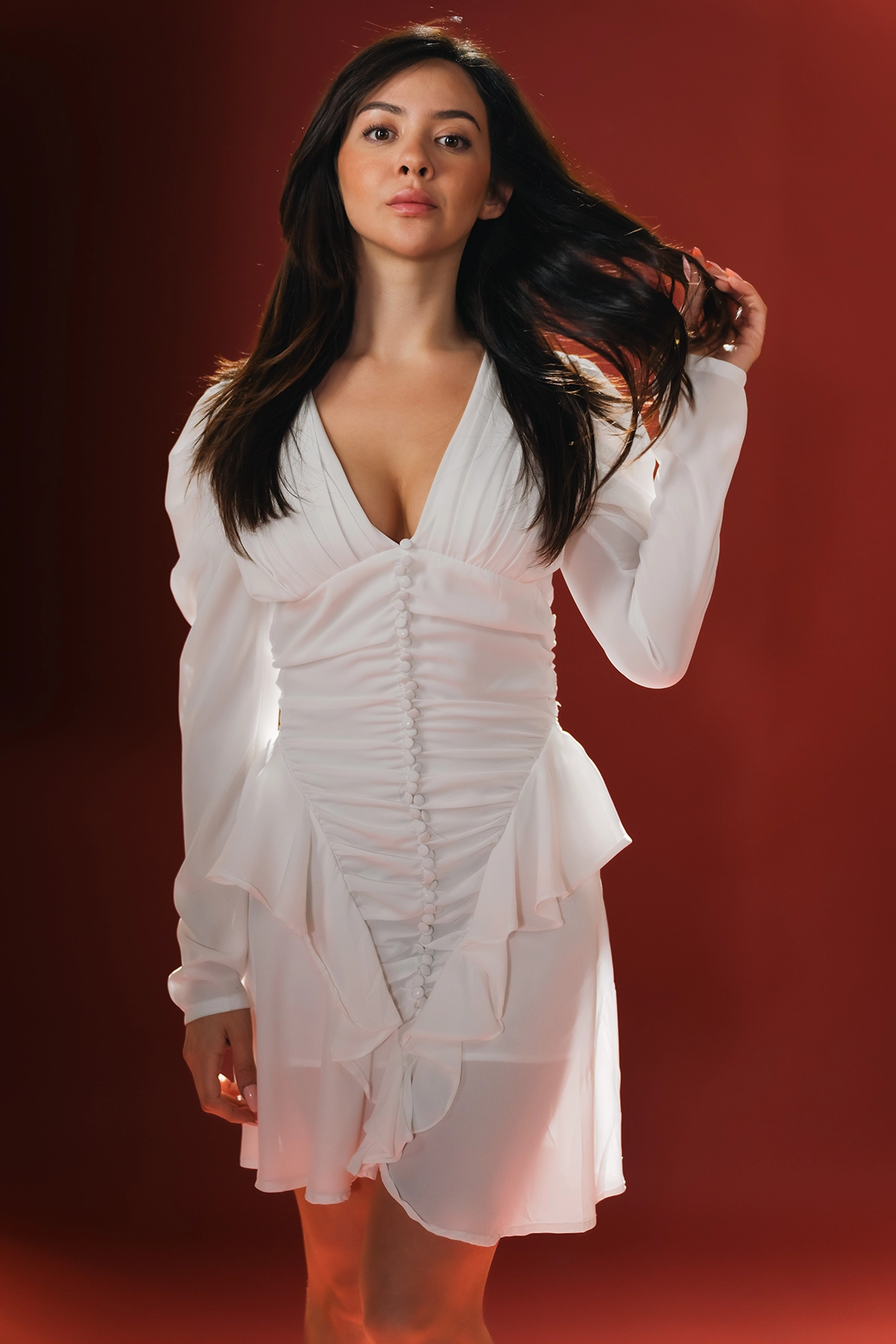
- Best for: Versatility in portraiture, from wide environmental shots to tight headshots.
- Why It’s Great: This lens covers an impressive focal range, from 35mm for full-body and environmental portraits to 150mm for tight headshots with stunning background compression. It has all the focal lengths for portrait photography in just one lens. The fast large aperture (f/2 at 35mm, f/2.8 at 150mm) delivers beautiful bokeh and exceptional low-light performance. Its fast autofocus and premium optical design make it a favorite for professional portrait photographers and is often called “the perfect portrait zoom.”
Tamron 70-180mm F/2.8 Di III VC VXD G2
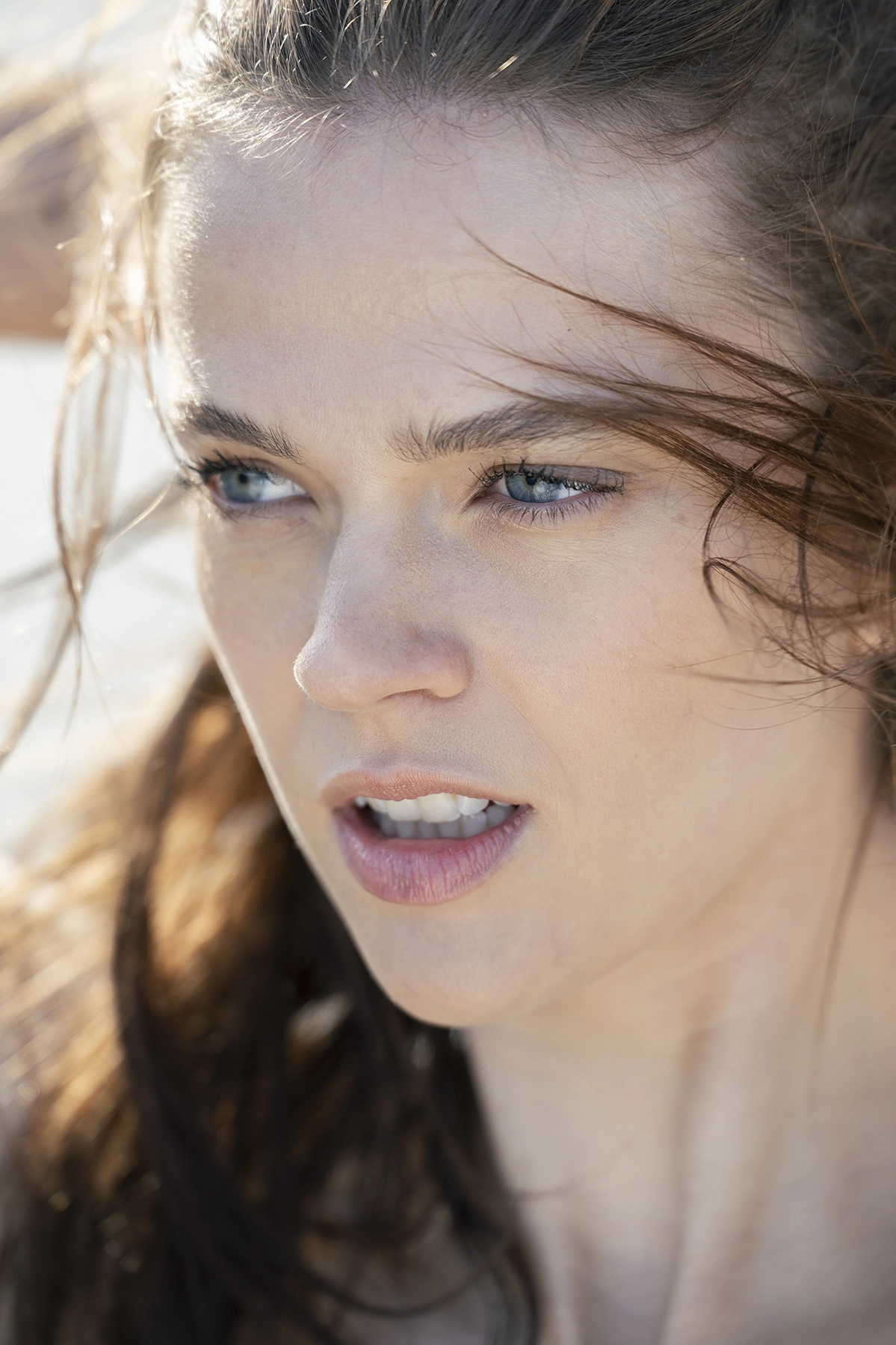
- Best for: Tight headshots, candid portraits, and event photography.
- Why It’s Great: This lens is one of the best telephoto lenses for shooting portraits. It offers a wide focal range, making it perfect for capturing everything from environmental portraits to intimate close-ups. With a constant f/2.8 aperture, it delivers beautiful background blur (bokeh) and performs well in low-light conditions. The lens is also compact and lightweight compared to similar 70-200mm options, making it easier to handle during long shoots.
Tamron 28-75mm f/2.8 Di III VXD G2
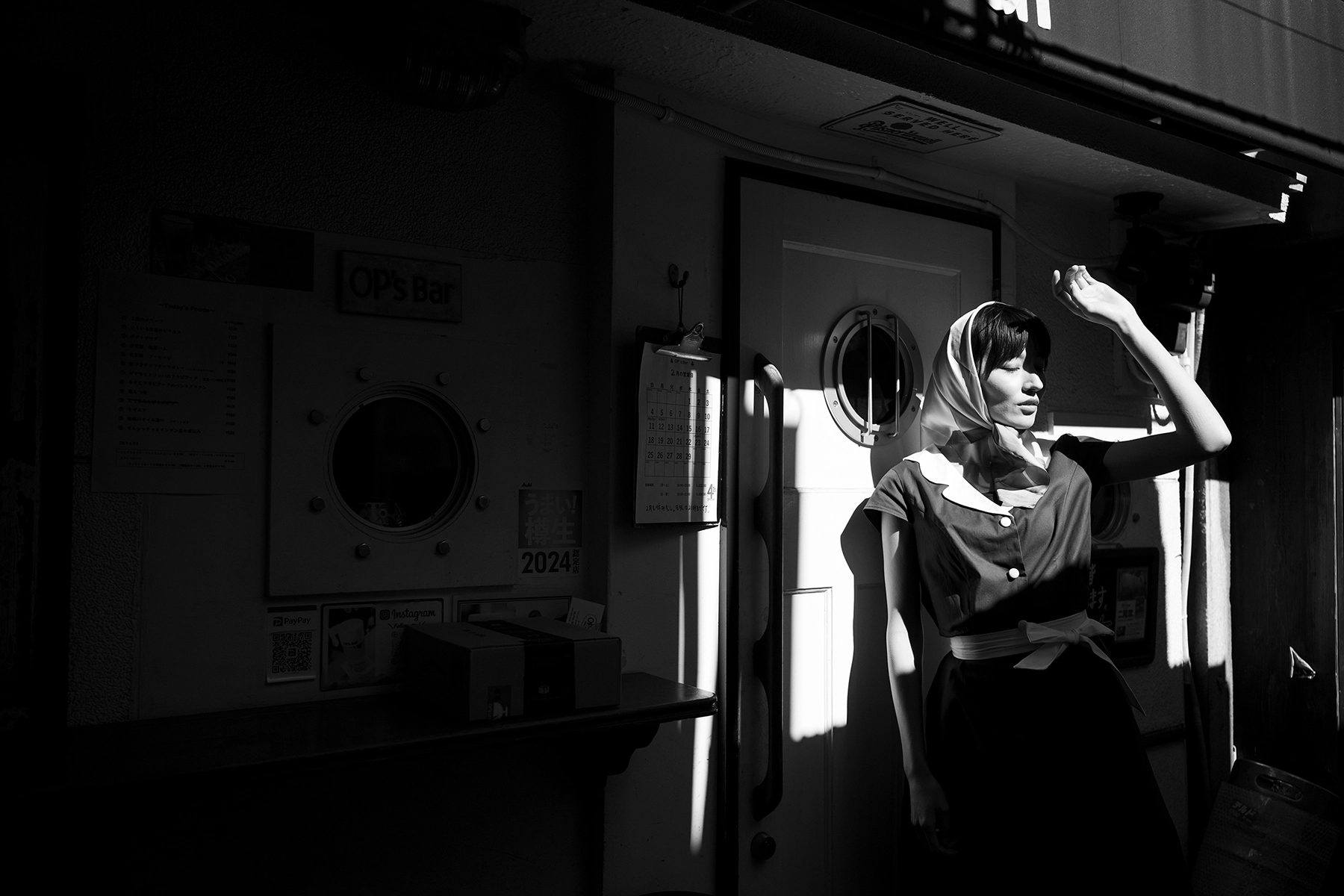
- Best for: Versatile, all-purpose portraiture.
- Why It’s Great: This lens covers a popular focal range, from wide shots to tight portraits, all with a constant f/2.8 aperture for creamy bokeh and excellent subject isolation. Its fast, silent autofocus is ideal for capturing sharp portraits and candid shots during events. The lens is also praised for its sharp image quality and compact design, making it a favorite for both indoor and outdoor shoots.
A Prime Lens to Consider for Portrait Photography
Tamron 90mm F/2.8 Di III VXD
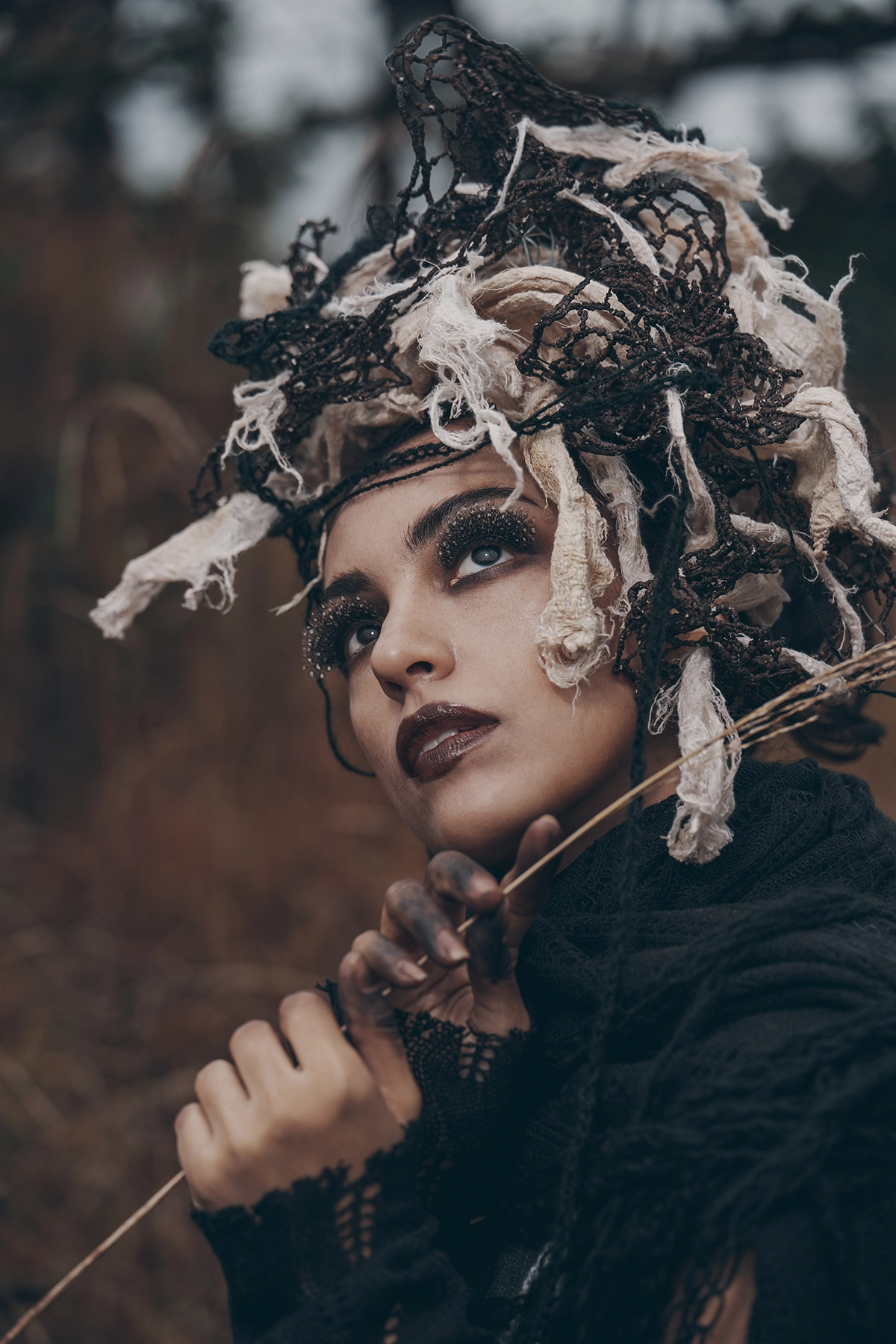
- Best for: Close-up portraits, detail shots, and artistic photography.
- Why It’s Great: Though known as a macro lens, the Tamron 90mm is also exceptional for portraits. Its 90mm focal length provides flattering compression, making it ideal for headshots. The f/2.8 aperture creates stunning bokeh, and the lens’s sharpness highlights every detail. It’s perfect for beauty, fashion, and creative portraits where fine details like eyes, lashes, and textures are crucial. Additionally, its macro capabilities make it a versatile tool for capturing intricate details in wedding or product photography.
Choosing the Right Lens for Your Portrait Style
- For Maximum Versatility: Tamron 35-150mm F2-2.8 (All-in-one solution from wide to telephoto)
- For Professional Headshots and Events: Tamron 70-180mm F2.8 (Excellent background compression and bokeh)
- For All-Purpose Use: Tamron 28-75mm F2.8 (Compact, fast, and versatile)
- For Artistic Detail Work: Tamron 90mm F2.8 Macro (Close-ups and creative portraits)
By selecting the right lens for your style, you can unlock new creative possibilities and capture portraits with stunning clarity and depth. Tamron lenses, known for their performance, affordability, and build quality, are excellent choices for both amateur and professional photographers.
Focusing Techniques at Wide Apertures
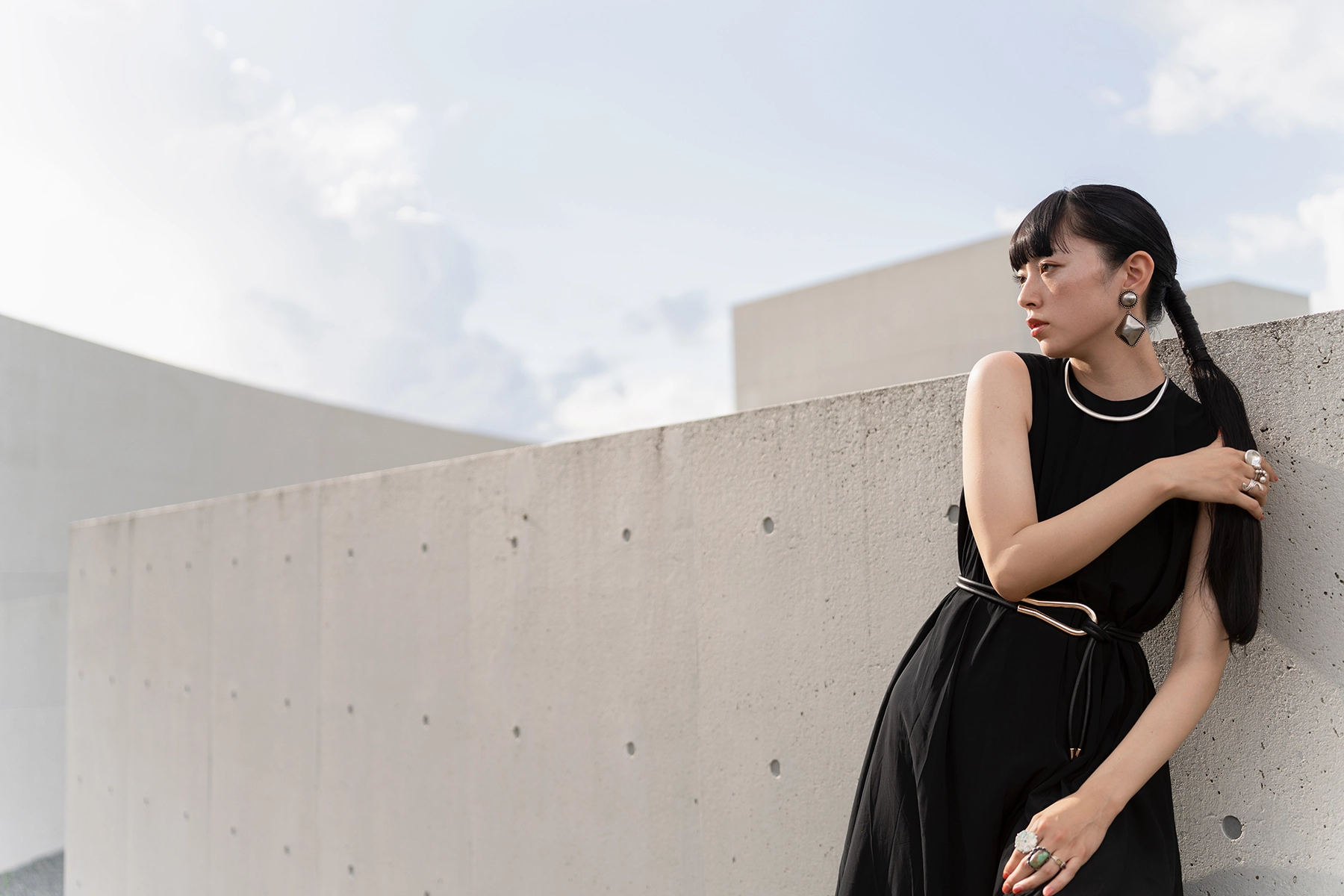
Focusing can be a challenge when shooting with a wide aperture. This is because the depth of field is very shallow, so even a small movement can throw your subject out of focus. It’s important to choose your focus point carefully to ensure that your subject is sharp.
- Use Manual Focus: One technique that can help you make a good portrait is to use manual focus. This allows you to choose the exact point of focus in your image. It can be especially useful when shooting close-up portraits, where the eyes need to be in sharp focus.
- Focus and Recompose: Another technique is to use the focus and recompose method. This involves focusing on your subject, then recomposing the shot without changing the focus. This can be a quick and effective way to ensure that your subject is in focus.
- Use a Tripod: Another tip is to use a tripod when shooting with a wide aperture with longer focal lengths. This can help to reduce camera shake and ensure that your images are sharp.
Mastering Wide Aperture for Portrait Excellence
Mastering the use of wide apertures in portrait photography can open up a world of creative possibilities. It allows you to control the depth of field, isolate your subject, and create beautiful bokeh effects.
Using a wide aperture is not just about technical settings. It’s also about understanding how to use light, composition, and focus to tell a story and evoke emotion in your portraits.
With practice and experimentation, you can use wide apertures to create stunning portraits that truly capture the essence of your subject.
Learn more about Tamron’s wide aperture lenses for portraits at an authorized Tamron dealer near you or visit the TAMRON Store.
